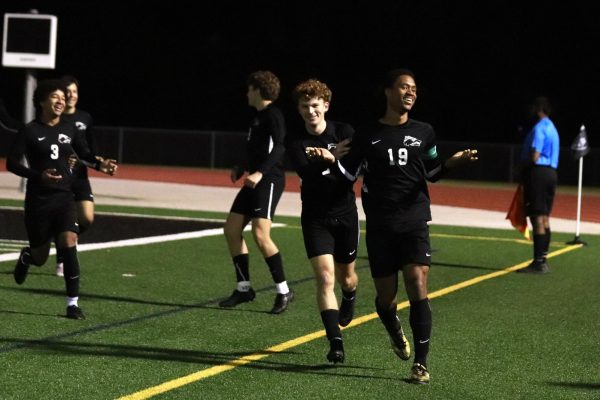To Write or Not To Write
What is the Elegy Project: That ‘Tis The Question

Analyzing a gravestone, a student takes a picture for their elegy. The project was due Friday, November 11, and involved students visiting a graveyard, taking a picture of a gravestone and writing a poem about it. “My favorite part was really trying to put myself into the perspective of my poem, which was extremely eye opening,” alumni Hailey Bowerman said. “It really made me appreciate life and the people I love around me and it really opened my eyes to how precious life and love is, especially when we are young.”
December 1, 2022
Visiting a graveyard to write an elegy is pretty atypical for an English assignment. However, English teacher Michelle Iskra assigns this project every year in late October or early November encouraging students to get out of their comfort zone and be creative with their writing.
The elegy project is given to seniors in Iskra’s AP English IV class. Students are required to visit a graveyard, pick a gravestone and write a poem, or elegy, about that grave. The minimum requirement is 20 lines and at least three poetic devices should be used throughout the poem.
“The Elegy Project is an opportunity for students to visit a graveyard and locate a grave that they are attracted to for some reason,” Iskra said. “The importance of that is to consider what poets in the past have found interesting about writing about death.”
Writers in previous centuries have had a fascination with death, and some of the most famous epitaphs on gravestones have been taken from those elegies. Inspired by Thomas Gray’s “Elegies Written in a Country Churchyard” and Edgar Lee Masters’ “Spoon River Anthology,” Iskra said she challenges her students to write from a different perspective.
“We look at Thomas Gray and Edgar Lee Masters’ pieces of writing which revolve around death and elegies,” She said. “In death, everyone tells the truth. So those pieces are fascinating. And it’s so odd for us to consider people after they’ve passed, especially people we don’t know. The point of it is for students to have an opportunity to create something that is not academic. It’s a personal growth situation. It is certainly honoring the dead.”
The project leaves a lasting impression on previous students. Because of its sentimentality, the elegy assignment is quite memorable for many. Alumni Hailey Bowerman, who graduated in 2022, said the poem she wrote in her senior year had an impact on her.
“I write about two high school sweethearts who died together in a car accident,” Bowerman said. “It was the most heartbreaking story as it really hit close to home, and I knew I needed to honor them in some way. It broke my heart, but it really made me appreciate life and the people I love around me, and it really opened my eyes to how precious life and love is. This project is important because it takes us out of our usual school comfort zone. Although initially, it made me feel uncomfortable, I’m so glad I got to experience the resting grounds of the two I wrote about as it made it feel more realistic and much more heart-wrenching.”
Iskra has assigned this project to students for around 20 years. Apart from the few students who are not able to enter a graveyard due to religious or personal reasons, the assignment prods students into stepping out of their comfort zones, and not only does the project affect students, but also the community around us as well.
“I’ve had students that have [met] grieving parents of children who have died and older people who have gone to visit their loved ones and have encountered my students in the past,” Iskra said. “Their stories are always lovely and unexpected. I think those people are surprised to find students in graveyards. And of course, you’re young, you don’t have a lot of experience with death, thank goodness, but when you start to consider the value of your life, once you’ve lived it, then the experience of encountering people who have lived their lives and their lives are over. What does that mean, to look back and consider what life is about? What is its measure?”
Though the English IV class itself does not offer much opportunity for personal creative writing, Iskra wants to provide students with an opportunity to expand on their own abilities.
“We do so much poetry [in AP English IV]. We talk about it so much,” Iskra said. “I want to give my students an opportunity to write poetry and to really experience what it’s like to be a poet, and then to have a subject such as death that is relevant to everyone.”
Overall, the project may seem grim, but the outcome is entirely positive. Ranging from honoring the dead, involvement in the community, creative opportunity and leaving a mark on students every year.
“I’ve had students who have written about exactly the same graves because they go to the same cemeteries and they’re attracted, for different reasons, to the same graves year after year,” Iskra said. “They all write different poems. They’re all having different experiences. My hope is that having a taste of creativity might encourage students to write in other genres and that this experience leaves a lasting mark on their creative endeavors.”

![Posing with their UIL State Trophy, the Robolobos Van Halen Team beams with excitement after their win. “It was a team effort,” junior Noah Vo said. “I was happy because something happened in the first match and the match was also really close. So [when] they finally revealed it, I was pretty happy.” Photo courtesy of Amy Lovelace](https://cphswolfpack.com/wp-content/uploads/2025/05/IMG_0910-EDIT-1200x723.jpg)

![Broadcast, yearbook and newspaper combined for 66 Interscholastic League Press Conference awards this year. Yearbook won 43, newspaper won 14 and broadcast took home nine. “I think [the ILPC awards] are a great way to give the kids some acknowledgement for all of their hard work,” newspaper and yearbook adviser Paige Hert said. “They typically spend the year covering everyone else’s big moments, so it’s really cool for them to be celebrated so many times and in so many different ways.”](https://cphswolfpack.com/wp-content/uploads/2025/05/edited-ILPC.jpg)


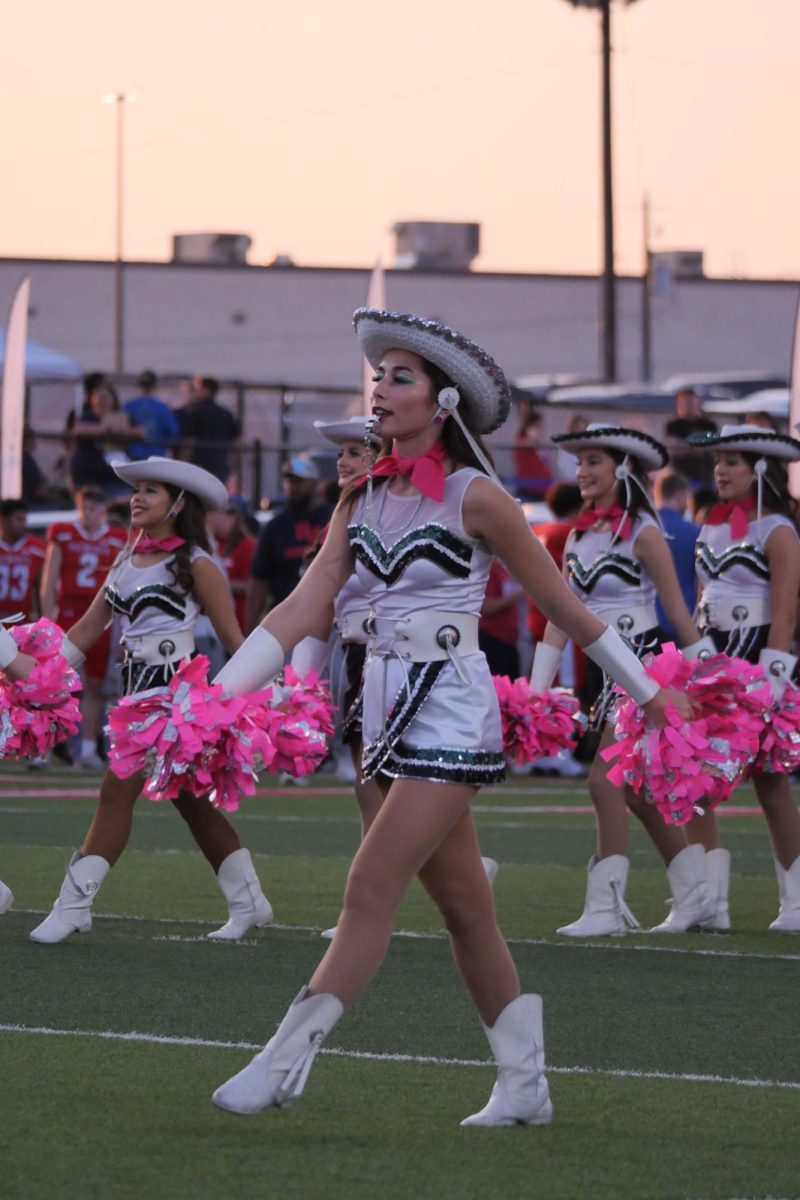








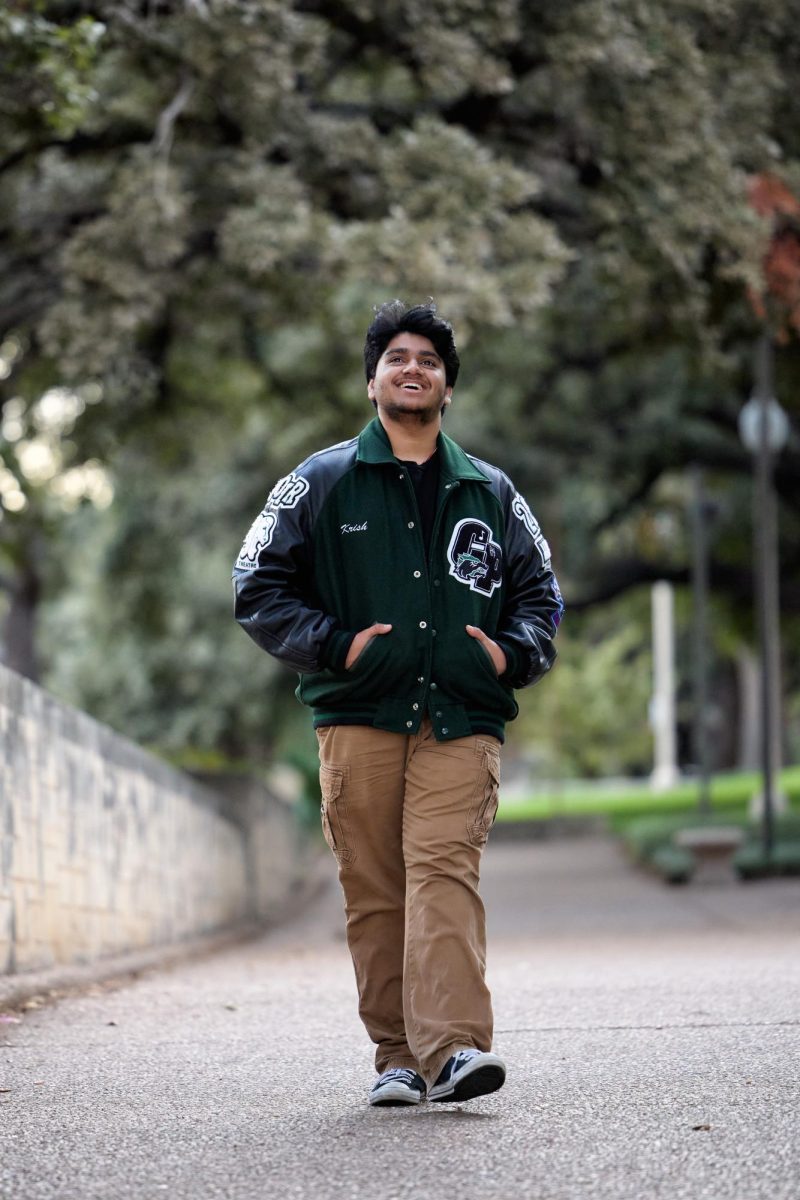

![Bringing her arm over her head and taking a quick breath, junior Lauren Lucas swims the final laps of the 500 freestyle at the regionals swimming competition on date. Lucas broke the school’s 18-year-old record for the 500 freestyle at regionals and again at state with a time of 4:58.63. “I’d had my eye on that 500 record since my freshman year, so I was really excited to see if I could get it at regionals or districts,” Lucas said. “ State is always a really fun experience and medaling for the first time was really great. It was a very very tight race, [so] I was a bit surprised [that I medaled]. [There were] a lot of fast girls at the meet in general, [and] it was like a dogfight back and forth, back and forth.” Photo by Kaydence Wilkinson](https://cphswolfpack.com/wp-content/uploads/2025/03/Kaydence-2.7-23-edit-2.jpg)
![As the support team sits and poses for a photo in the cafeteria with the counseling team they eagerly wait to start their day. "We [all] seem to be a team, I get up every day and there's days where I don't want to go to work today, but I'm thankful that I have a job and I'm blessed to have what I have," Christopherson said. Photo Courtesy of Julie Weltens.](https://cphswolfpack.com/wp-content/uploads/2025/01/AF9E8470-10D7-4C91-BF28-EC8F86BAB66C-1200x852.jpeg)
![Officer Stephanie Cash is in her second year as an SRO at CPHS. “Seeing [students] grow over the years has been kind of cool,” Officer Cash said. “Freshmen that [are] all over the place and then in the next couple of years get a little more squared away and go to class and do work and start thinking about the future. Being a part of a student's growth is the best way to measure my success as an SRO.” Photo Courtesy of Cedar Park Police Department's PIO, Alicia Gallagher.](https://cphswolfpack.com/wp-content/uploads/2024/12/CPHS-SRO-900x1200.jpg)


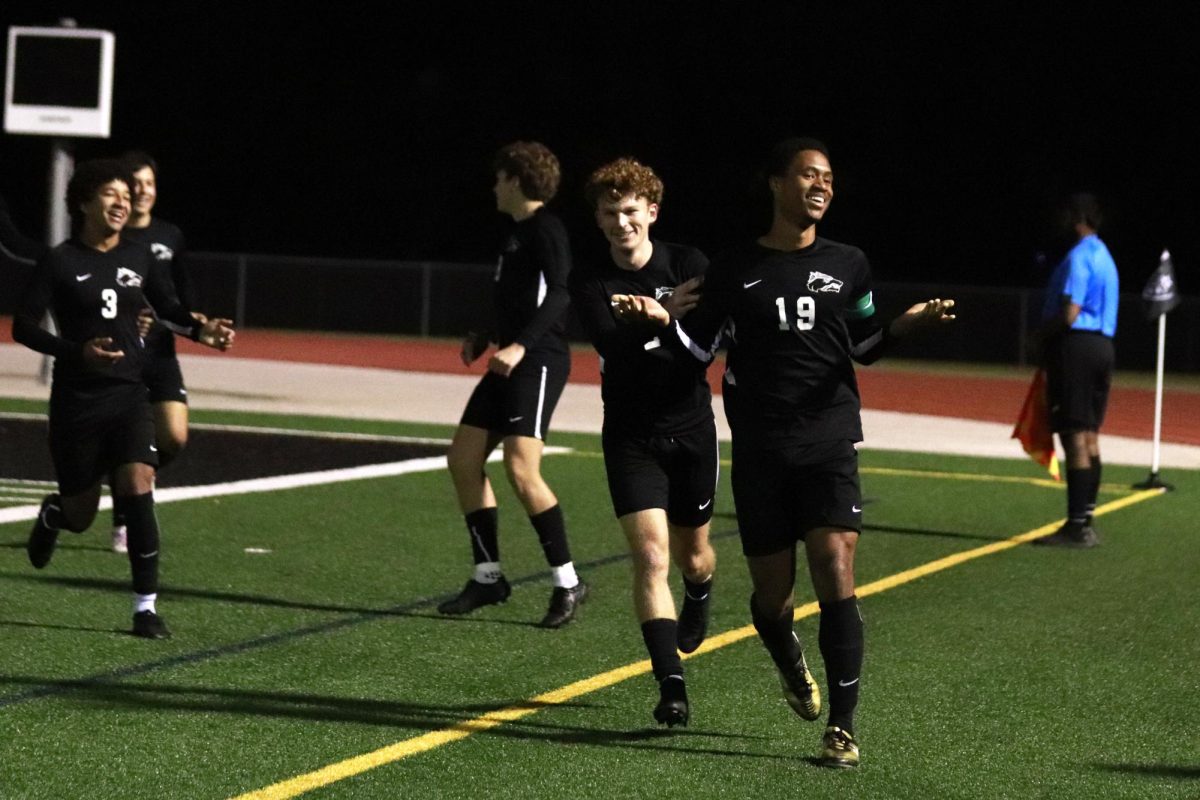
![Taking a breath as he raises his arm up and out of the water, sophomore Kaden Padilla swims the 500 freestyle at the UIL state meet on Feb. 21-22. Padilla placed 10th overall and second in the consolation final in the event, dropping two seconds. “My family was there, so being able to drop time for them was really special,” Padilla said. “It was awesome [finding out I advanced to the consolation finals]. I wasn’t expecting it, and I was very surprised. My parents being there definitely made me a lot happier knowing they got to see me swim in finals.” Photo by Skyler King.](https://cphswolfpack.com/wp-content/uploads/2025/03/kaden-padilla.jpg)

![Three defenders try to stop senior point guard Hope Edwards before the ball leaves her hands. The girls basketball team faced Liberty Hill on Feb 21, losing 58-40. “[My season was] definitely bittersweet,” Edwards said. It's definitely sad [because] I'm gonna miss all my teammates, my coaches and just the whole CP environment.”](https://cphswolfpack.com/wp-content/uploads/2025/03/julia-128-1200x800.jpg)
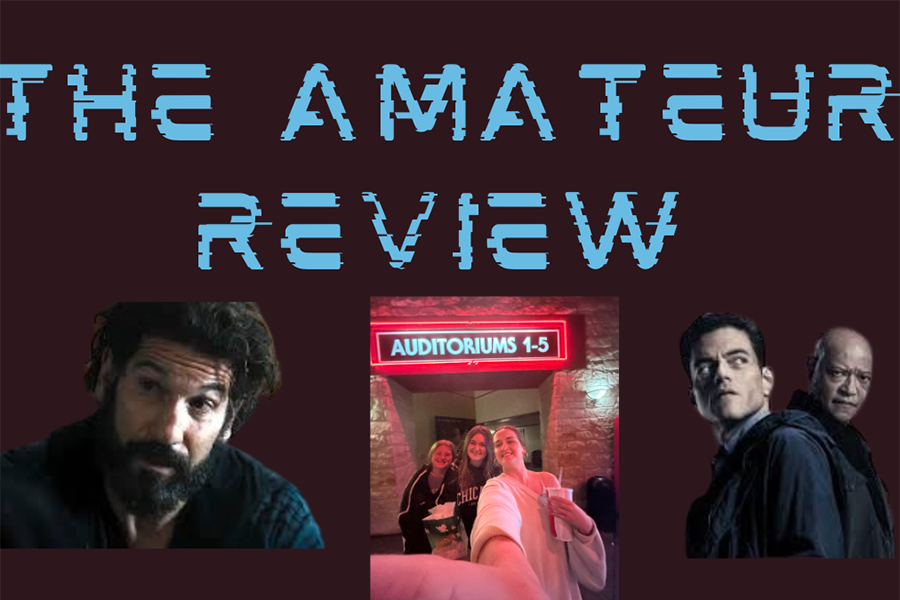



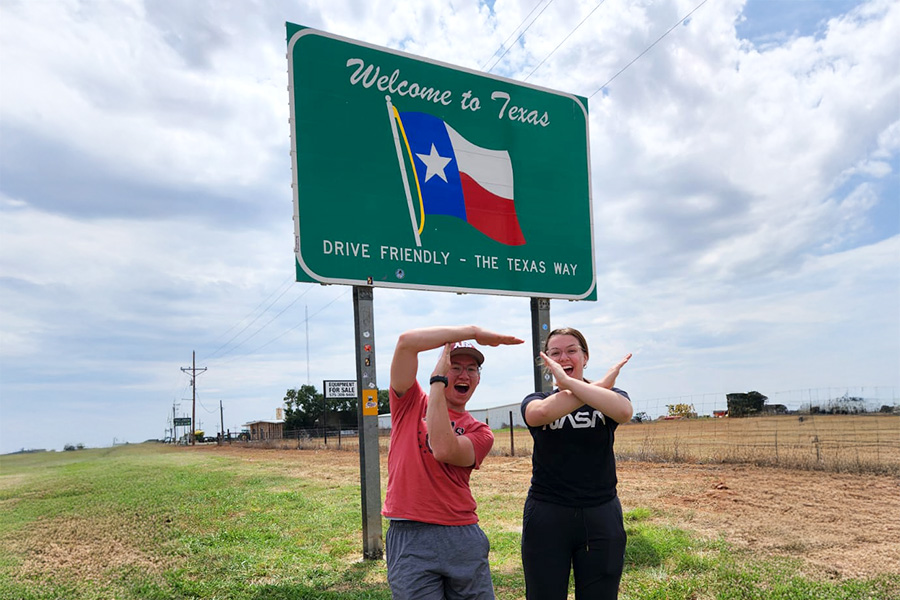
















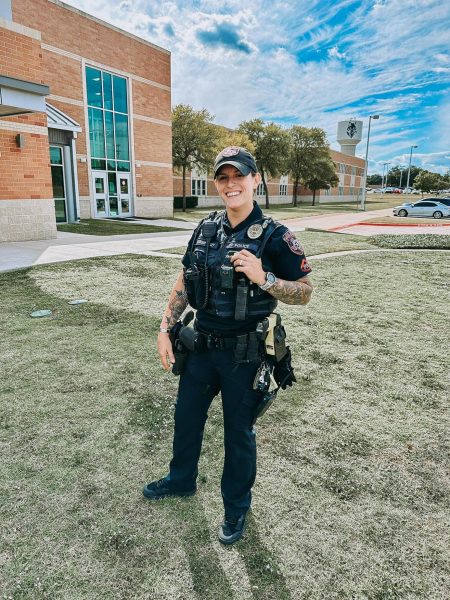




![Whereas classical art depicts a scene and tells a story, often of mythology or religious references, artists of modern times focus more on expressing ideas and feelings. The style of back then has since been replaced by splashes of color, curvy lines and other new art techniques. "[Over time] I think art has shifted more to emotion rather than human beauty, " sophomore Braeden Murray said. "Modern art is significantly more abstract and doesn't have an obvious theme in mind. Very simple shapes, no people to be seen, and more colorful. I think in the older [time period] the art was definitely more human based, with biblical [references] while modern art is more emotion based because it's not depicting a particular scene or action that's happening.”](https://cphswolfpack.com/wp-content/uploads/2023/02/2023-vs-1503-300x200.png)

